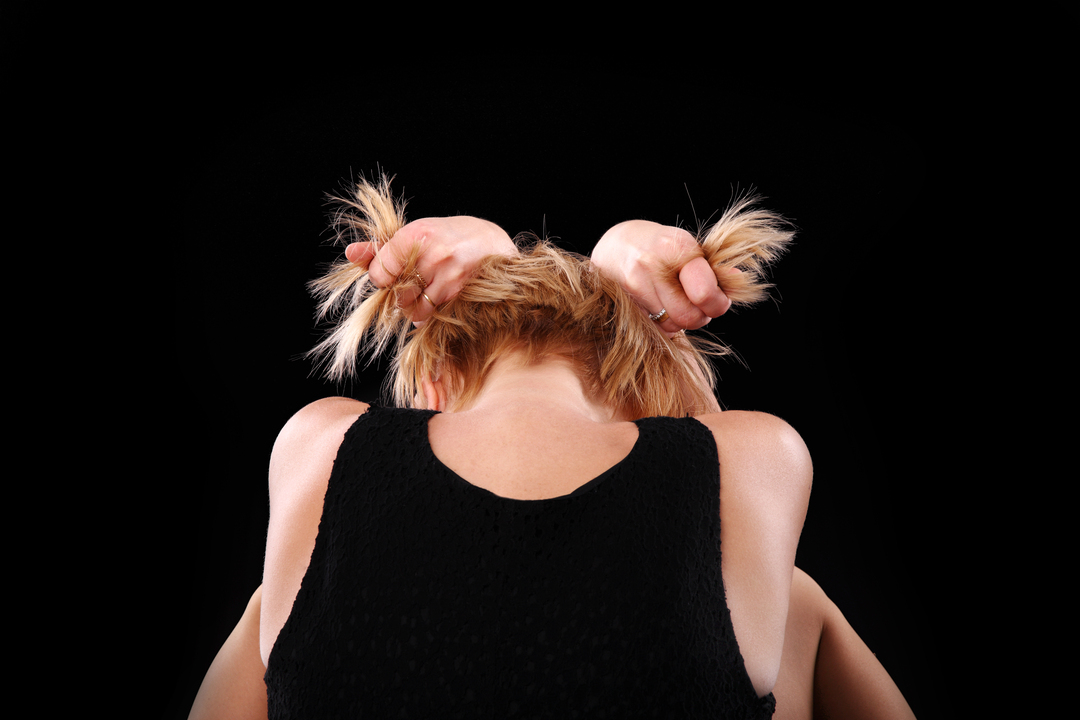KATHMANDU (ANN/THE KATHMANDU POST) – Imagine grappling with an overwhelming urge to pull out your own hair, fully aware of the emotional and physical toll it takes, yet feeling utterly powerless to resist.
This is the daily struggle for those living with trichotillomania—a hair-pulling disorder that falls within the realm of obsessive-compulsive and impulse control conditions.
Psychologist Namrata Singh Chhetri, who lectures in psychology at Nepal Film Campus/Music School and Premier College, sheds light on this lesser-known condition and how it manifests in those who endure its challenges.

What is trichotillomania?
Trichotillomania, often called hair-pulling disorder, is a type of impulse control disorder where the individual struggles to resist the urge despite knowing it can lead to distress and visible hair loss. Trichotillomania is considered part of the obsessive-compulsive disorder (OCD) spectrum and is believed to be closely related to anxiety disorders.
This condition can affect a person’s appearance, often leading to social stigma. As a result, many people seek help from dermatologists before consulting mental health professionals. Trichotillomania can affect individuals of any age but typically begins during adolescence, around ages 10 to 13. It is usually a temporary issue in young children and infants that resolves independently. While both males and females are equally affected during childhood, adult women experience the condition more frequently than men.
How does it occur in individuals, and are there specific signs to watch out for?
This behaviour can occur in various situations, often without the person being fully aware. It may happen during stressful moments, but also when feeling bored, anxious, frustrated, reading, or simply relaxing.
People with trichotillomania may feel relief or satisfaction after pulling their hair, but they may also feel embarrassed or ashamed, which can affect their self-esteem and social interactions. For some, hair-pulling serves as a way to cope with negative emotions such as stress, anxiety, loneliness, boredom, or extreme tiredness.
The most visible sign is hair loss from the scalp, eyebrows, eyelashes, or other body parts. Pulling hair from dolls, pets, or fabrics like blankets or clothing can also point to a problem. Other signs include bald spots or thinning hair, often uneven and appearing gradually or suddenly; frequent hair-pulling or playing with hair; emotional difficulties such as anxiety, depression, social withdrawal, and avoiding social interactions or covering bald spots with hats, scarves, or makeup due to guilt or shame.
Some individuals may ingest the hair they pull out, a condition called trichophagia, which can lead to trichobezoar, a severe and potentially life-threatening medical condition.
There are claims that trichotillomania is a result of childhood trauma. How valid is this connection?
The exact cause of trichotillomania remains unclear, and the connection between the condition and childhood trauma is still being researched. While trauma can be a factor for some individuals, it is not the sole cause. For certain people, hair pulling becomes a coping mechanism triggered by emotional distress or past traumatic events. In some cases, it helps relieve tension or anxiety.
Other factors also contribute to the development of trichotillomania. Evidence of a genetic link suggests it may run in families. Neurological factors might also play a role, particularly in how the brain regulates mood and impulse control chemicals like serotonin and dopamine, leading to differences in how anxiety or impulses are processed. Difficulties with emotion regulation or stress management can increase the likelihood of developing repetitive behaviours.
It’s important to note that not everyone with trichotillomania has a history of childhood trauma. Some individuals develop the condition without any apparent trigger or reason. While trauma can contribute in some cases, it is not the only factor.
What is the relationship between trichotillomania and other conditions like anxiety or obsessive-compulsive disorder (OCD)?
OCD is characterised by intrusive, persistent thoughts that cause anxiety, leading individuals to perform specific actions or routines to ease that worry. Similarly, people with OCD engage in repetitive behaviours to manage the stress brought on by these distressing thoughts. In the case of trichotillomania, hair-pulling can also become a routine to relieve tension or discomfort. In both conditions, individuals find it challenging to stop these behaviours despite knowing the negative consequences.
Trichotillomania is closely connected to anxiety as a coping mechanism and shares similarities with OCD, particularly in the compulsive and repetitive nature of the behaviours. Recognising these connections can help develop effective treatments for individuals with these conditions.
What coping strategies can individuals use to control hair-pulling urges in everyday situations?
A key strategy for managing trichotillomania is learning to recognise when the urge to pull hair arises. This urge may occur during stressful moments, feelings of loneliness, boredom, or as an unconscious habit.
Once these triggers are identified, individuals can work on redirecting the behaviour toward something else. Techniques like clenching fists, tensing arm muscles, squeezing a stress ball, or using a fidget toy can help distract from the urge.
Building self-awareness and mindfulness-based approaches can help manage hair-pulling in daily life. Deep breathing exercises or relaxing baths can help calm the body until the urge passes. Regular physical activity is another great way to reduce stress and resist impulses.




